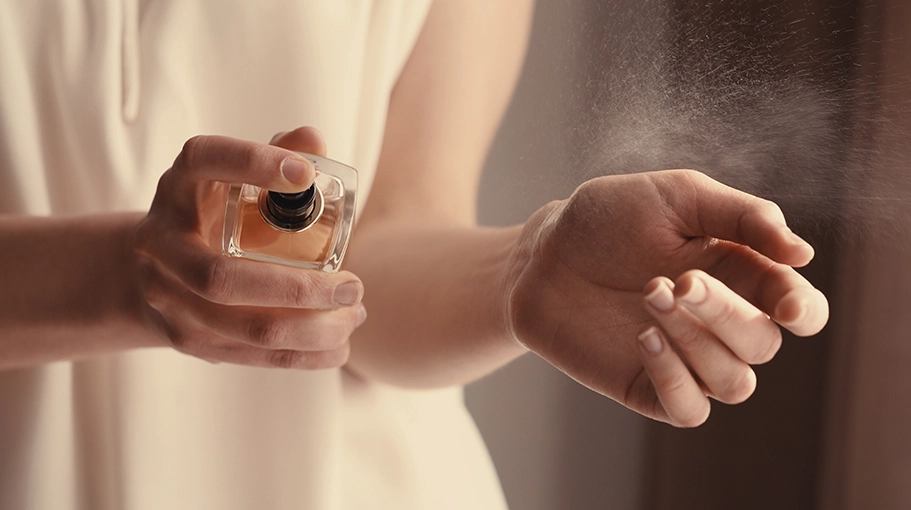The production of perfume is one of the world’s oldest enterprises. For millennia, perfumes have been used to improve one’s look and generate a pleasant aroma. Perfumes were first used by the Ancient Egyptians, and the industry has evolved tremendously since then.
Designer, prestige, and mass-market perfumes are the three primary categories in the modern perfume industry. Designer perfumes are usually produced in small amounts and of the finest quality. They are frequently designed by a single designer and can be rather costly. Prestige perfumes are more expensive than mass-market perfumes and can be found at department stores. The most prevalent scents are mass-market perfumes, which can be obtained at medicine stores and supermarkets.
Raw materials, extraction, formulation, and packaging are the four main components of perfume production. Essential oils, absolutes, and aroma compounds are examples of raw ingredients used to make perfume. The process of removing these compounds from their source ingredients is known as extraction. The process of mixing extracted ingredients to generate the desired smell is known as formulation. Finally, packaging refers to the process of putting finished goods into bottles, packaging, and labeling.
Perfume manufacturers must also consider marketing and distribution, among other facets of the sector. Perfume makers must establish a strong brand identification while also ensuring that their products are distributed to the appropriate venues. Furthermore, laws must be observed to protect consumer safety.
The global perfume market is predicted to be worth over $44 billion, with a CAGR of 4.2% expected from 2019 to 2026. The industry’s expansion is being driven by rising demand for luxury perfumes, as well as the growing popularity of natural and organic perfumes. Furthermore, the rising demand for niche perfumes and the advent of new fragrance trends have aided the industry’s expansion.










